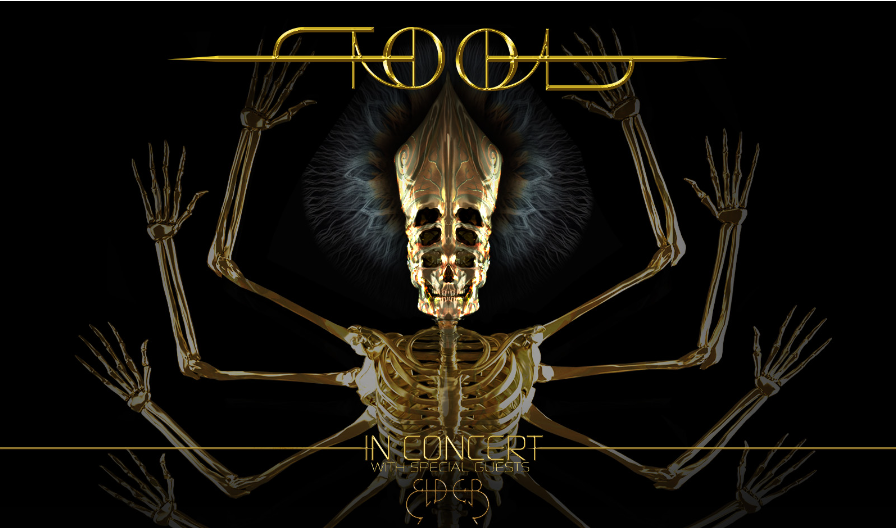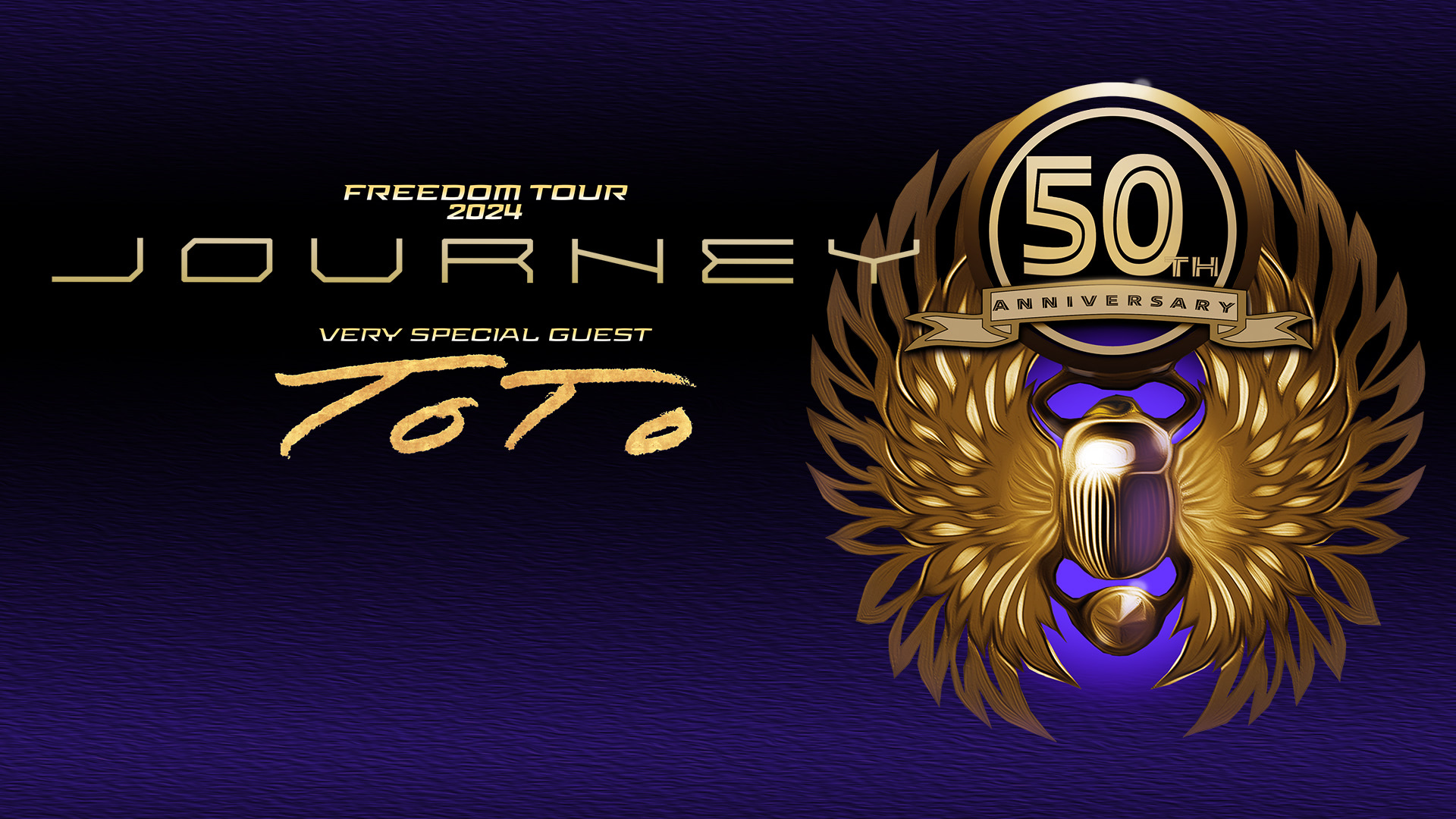Introduction: A Rock Revolution
Three decades have passed since Nirvana’s final studio album, “In Utero,” emerged from the turbulent waters of the early ’90s music scene. As we celebrate this iconic album’s 30th anniversary, it’s time to take a deep dive into the history, the creative process, and the lasting impact of the masterpiece that continues to resonate with generations of fans.

Nirvana’s Meteoric Rise To understand the significance of “In Utero,” we must first revisit the band’s meteoric rise. Nirvana’s second album, “Nevermind,” released in 1991, catapulted them into mainstream success. The album not only defined an era but also played a pivotal role in bringing Seattle’s alternative rock scene, often referred to as “grunge,” to the forefront of the music industry. However, Nirvana was not alone in this journey; bands like Alice in Chains and Soundgarden were also making waves in the grunge movement, each contributing to the sonic revolution that was reshaping rock music.
The Uncompromising Production
Steve Albini: A Radical Choice The production of “In Utero” was a deliberate departure from the glossy sound of “Nevermind.” Nirvana’s choice of producer, Steve Albini, sent a clear message that they were ready to challenge the status quo. Albini was notorious for his disdain of the corporate music industry and his unapologetically raw recording style. His selection for “In Utero” marked a rebellious statement: Nirvana was not interested in replicating their previous success.

The Recording Process Recording “In Utero” was a story of resistance and resilience. In the months leading up to the album’s creation, Nirvana had undergone significant changes. Drummer Dave Grohl’s influence in the band had grown, and he played a pivotal role in shaping the album’s sound. Grohl’s guitar riff on “Scentless Apprentice” showcased his creative contributions, marking a departure from the typical Nirvana formula where Kurt Cobain served as the primary songwriter.
Intriguingly, the band also recorded “Marigold,” a track featuring Grohl on vocals. Although it didn’t make it onto the album, “Marigold” would later be released as a B-side to the first single, “Heart-Shaped Box.” This collaboration was a testament to the evolving dynamics within Nirvana and their willingness to explore new creative avenues.
The Evolution of “In Utero”
A Struggle for Artistic Integrity Following the release of “Nevermind,” Kurt Cobain expressed his dissatisfaction with the album’s polished sound. He deemed it too commercial, even referring to it as “candy-ass” in interviews. Cobain’s discontent was a driving force behind the creation of “In Utero.” The band was determined to return to their punk roots and question their own identity.

As the album’s 20th anniversary approached, drummer Dave Grohl reflected on its duality: “There are a few ways you can look at it. You can describe it as a remarkable achievement; you can also remember it as a really tough time.” Nirvana’s journey during the making of “In Utero” was indeed a balancing act between artistic exploration and personal struggles.
The Release and Reception
Challenges from the Label When Nirvana handed “In Utero” to their label, DGC, they encountered unexpected challenges. The label had anticipated another album in the vein of “Nevermind,” but what they received was far less polished and commercial. Reports emerged in the spring and summer of 1993 that DGC had serious reservations about the album’s quality, even threatening not to release it. Headlines like “Record Label Finds Little Bliss in Nirvana’s Latest” fueled doubts about the album’s potential.
Steve Albini, reflecting on the situation, revealed that the label attempted to influence Nirvana to change their minds, even resorting to a smear campaign in the press. Despite this pressure, the band stood firm in their artistic choices.
Chart-Topping Success Despite the initial skepticism, “In Utero” defied expectations. The album opened with the song “Serve the Servants,” featuring the memorable line “Teenage angst has paid off well, now I’m bored and old,” a reflection on Cobain’s sudden rise to fame. The album’s lyrical themes delved into Cobain’s personal struggles and health-related issues, creating a deeply introspective and emotionally charged experience.
“In Utero” spawned two chart-topping singles, “Heart-Shaped Box” and “All Apologies.” A third single, “Pennyroyal Tea,” was planned but shelved after Cobain’s tragic death in 1994. However, a limited number of singles had already been distributed to some markets, becoming collector’s items.
Legacy and Impact
Enduring Legacy Thirty years after its release, “In Utero” remains a touchstone for rock music. Its unapologetic rejection of mainstream conventions and its willingness to explore raw, unfiltered emotions continue to resonate with audiences. The album’s critical acclaim and chart-topping success underscore its enduring relevance.
A Lasting Impact Nirvana’s “In Utero” left an indelible mark on the music industry, challenging the boundaries of alternative rock. Its legacy lives on not only through the music but also through the countless artists who have drawn inspiration from Nirvana’s fearless approach to artistry.
Conclusion: A Dark Masterpiece
As we reflect on the 30th anniversary of Nirvana’s “In Utero,” the album’s significance becomes clearer than ever. It was a daring departure from the mainstream, a return to the band’s punk roots, and a testament to their unwavering commitment to artistic integrity. While it may have represented a dark period in the band’s history, “In Utero” continues to captivate and inspire, solidifying its place as a cornerstone of rock music.










